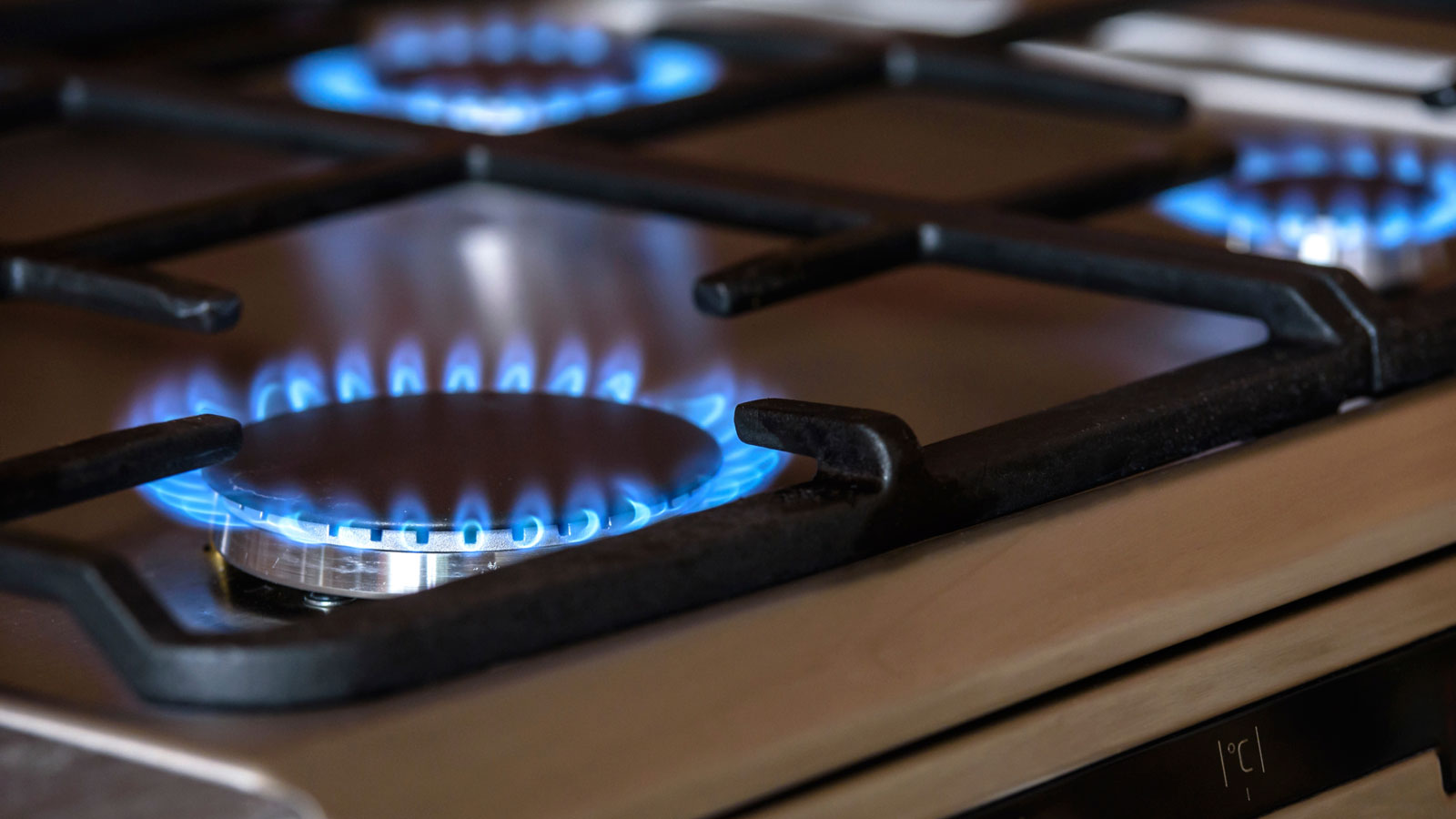
How the Inflation Reduction Act can help you move on from your gas stove
New rebates for electric appliances can help you improve indoor air quality in your home.

The Inflation Reduction Act does a lot of things. While the new law certainly is not perfect, it is the most significant federal investment in climate solutions to date. It includes billions of dollars of clean energy investments, mostly consisting of tax incentives and rebates for adopting technologies that will reduce emissions and break our dependence on fossil fuels. You may have heard about some of the big ones: new credits for adopting wind and solar energy, consumer rebates for electric vehicles and new tax incentives for manufacturers to make the tools necessary for the adoption of clean energy – from batteries, to wind turbines and solar panels.
That’s all great. It will make it easier for each of us to switch to an electric vehicle if we drive. It will make it more likely that the energy we use to power our homes is clean. And it will drive down greenhouse gas emissions, helping to tackle climate change. This is important stuff: We’re already seeing the devastating effects of climate change, including more frequent and intense hurricanes, extreme wildfires and flooding. Unless we move swiftly to phase out our use of fossil fuels, those impacts will only get worse.
But beyond helping to address climate change, did you know that the Inflation Reduction Act could also help clean up the air inside your home? The bill includes brand new federal rebates for all-electric appliances, which can help you ditch your gas stove for a cleaner, healthier electric or induction model.
What’s the problem with gas stoves?
Many Americans love their gas stoves, but there’s a hidden danger lurking in every one of them: Cooking with gas can produce air pollution levels indoors that would exceed outdoor standards. That means that doing something as simple and innocuous as making a meal can release pollutants into our homes that studies have shown lead to the development of asthma, especially in children, and may worsen symptoms for those with preexisting respiratory illnesses. One report compared the effects of using a gas stove around kids to those of second-hand smoke exposure.
Cooking with gas is also bad for the climate. The gas in our stoves is mostly methane, a short-lived but super-potent greenhouse gas with 80 times the climate-warming harm of carbon dioxide.
Electric appliances, on the other hand, powered exclusively by electricity, promote cleaner, safer and healthier homes. They avoid the combustion of methane gas (or “natural gas”) and significantly reduce the air pollutants that are emitted from cooking. Even better, electric appliances can be powered by 100% renewable energy (which, thanks to the Inflation Reduction Act, we will see a lot more of), further reducing climate emissions.
Induction cooking, which like electric cooktops runs on electricity, is steadily winning over Americans as the latest and greatest in cooking technology. Efficient, precise and safe, cooking on induction stoves provides numerous benefits not just for passionate chefs and food lovers, but for the overall health and well-being of American families.
How much can the Inflation Reduction Act help you save on an electric or induction stove?
In total, the new law includes $4.5 billion in funding for states to provide rebates for the purchase of new electric appliances, including ranges, cooktops, and wall ovens (both electric and induction). The Department of Energy will allocate funds to the states, and each state will have some discretion on how to use those funds, but will need to adhere to the guidelines set forth in the law and by the Department of Energy.
If you qualify for the full rebate, you could save $840 on a new electric or induction stove, and up to an additional $500 if you are switching from gas or propane. That means, depending on the model you go with, you could get a brand new induction or electric stove for as little as just a couple hundred dollars.
If you’re switching from gas to electric or induction, you also might need to do some electrical upgrades in your kitchen. Induction and electric stoves need a 220-volt outlet, when a gas stove only uses a standard 120-volt. While this electrical work can be an added expense, the Inflation Reduction Act can help with that too. You can get a tax credit of up to $4,000 to upgrade your home’s breaker box, and an additional credit of up to $2,500 for upgraded electrical wiring.
The kitchen should be a place of bonding — where Americans can come together with their loved ones to cook, eat and talk about their days. It should be a place where kids can sit at the table and do their homework. It definitely shouldn’t be a place where our families are exposed to toxic pollution that can make us sick. The new rebates and tax credits in the Inflation Reduction Act will help make healthy, safe indoor air a reality for more Americans.
Topics
Authors
Lisa Frank
Executive Director, Washington Legislative Office, Environment America; Vice President and D.C. Director, The Public Interest Network
Lisa directs strategy and staff for Environment America's federal campaigns. She also oversees The Public Interest Network's Washington, D.C., office and operations. She has won millions of dollars in investments in walking, biking and transit, and has helped develop strategic campaigns to protect America's oceans, forests and public lands from drilling, logging and road-building. Lisa is an Oregonian transplant in Washington, D.C., where she loves hiking, running, biking, and cooking for friends and family.
Find Out More

Want a simple way to use less plastic at home? Ditch the detergent bottle

More joy, less waste this holiday season

National web briefing tackles harmful pollution from lawn equipment
